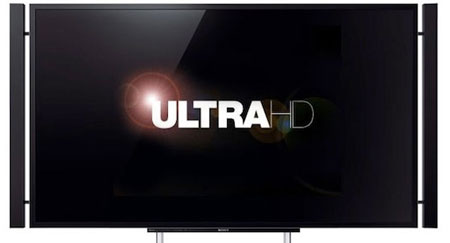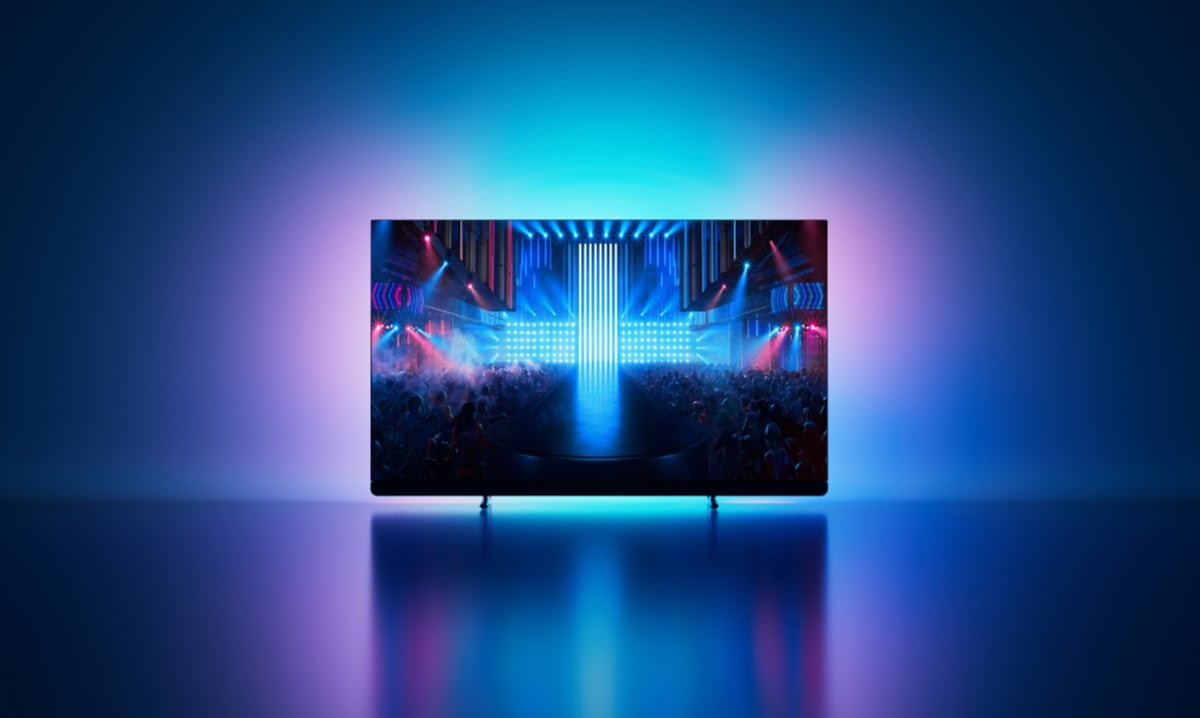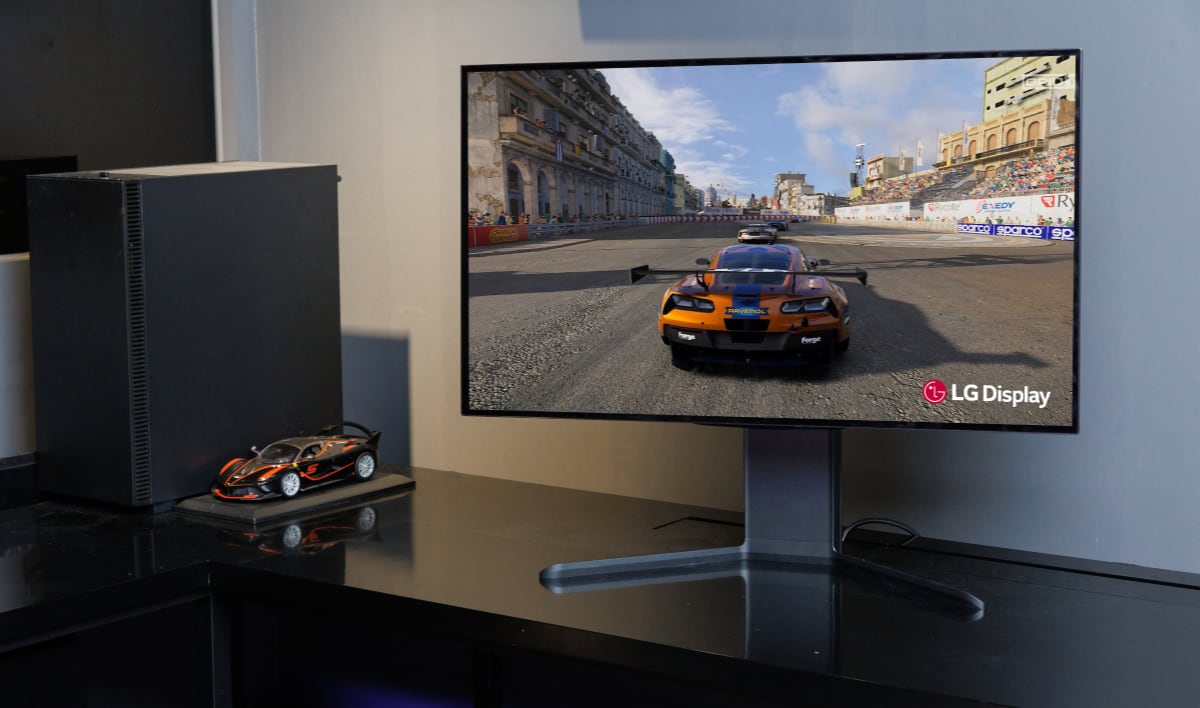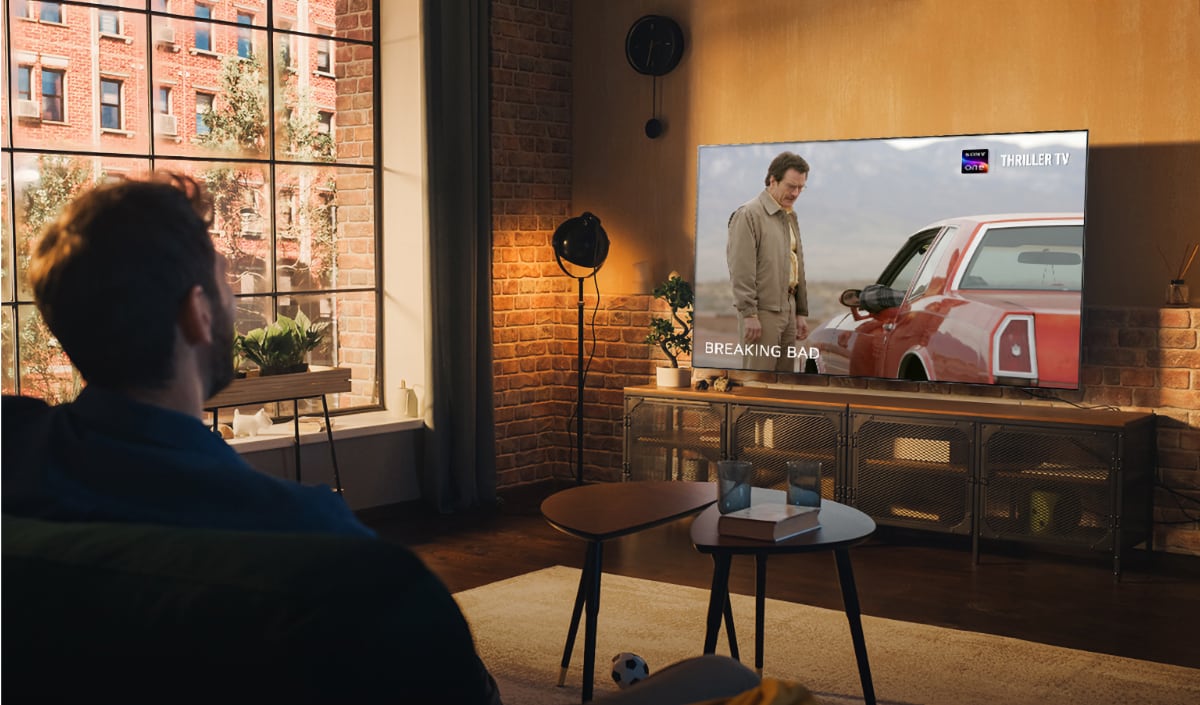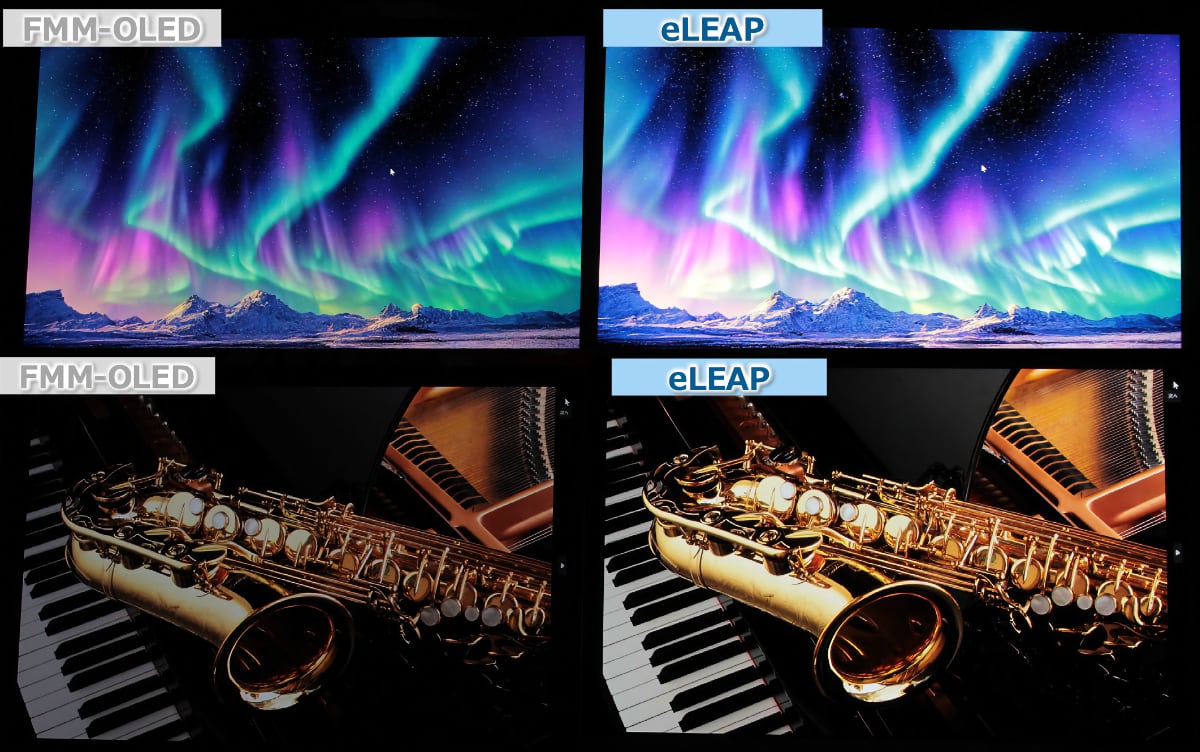CEA has updated the Ultra HD characteristics that TVs need to support to carry the name. HEVC is now included as the encoding technology, but is not mandatory.
New Ultra HD specifications
CEA (Consumer Electronics Association) has updated the specifications for Ultra HD, which manufacturers need to follow to use the Ultra HD brand.
As of September 2014, a TV, monitor or projectors needs to meet the following requirements.
Display Resolution – Has at least eight million active pixels, with at least 3840 horizontally and at least 2160 vertically.
Aspect Ratio – Has a width to height ratio of the display’s native resolution of 16:9 or wider.
Upconversion – Is capable of upscaling HD video and displaying it at Ultra High-Definition resolution.
Digital Input – Has one or more HDMI inputs supporting at least 3840x2160 native content resolution at 24p, 30p and 60p frames per second. At least one of the 3840x2160 HDMI inputs shall support HDCP revision 2.2 or equivalent content protection.
Colorimetry – Processes 2160p video inputs encoded according to ITU-R BT.709 color space and may support wider colorimetry standards.
Bit Depth – Has a minimum color bit depth of eight bits.
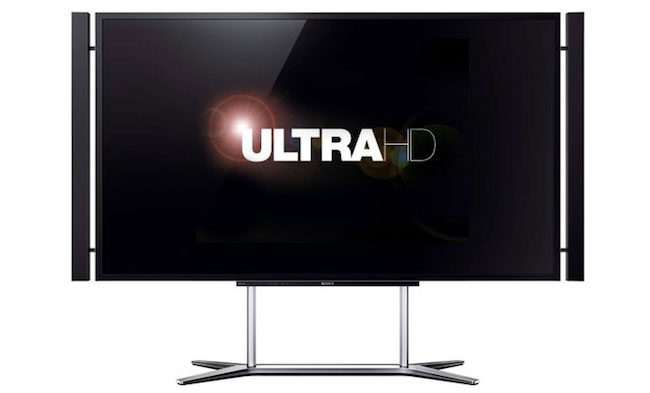
HEVC included - and a UHD logo
CEA further says that because the Internet will be one of the first ways to receive 4K content, it has created a “Connected Ultra HD” label that TV makers can use if they meet these specifications.
Ultra High-Definition Capability – Meets all of the requirements of the CEA Ultra High-Definition Display Characteristics V2 (listed above).
Video Codec – Decodes IP-delivered video of 3840x2160 resolution that has been compressed using HEVC* and may decode video from other standard encoders.
Audio Codec – Receives and reproduces, and/or outputs multichannel audio.
IP and Networking – Receives IP-delivered Ultra HD video through a Wi-Fi, Ethernet or other appropriate connection.
Application Services – Supports IP-delivered Ultra HD video through services or applications on the platform of the manufacturer’s choosing.
This is the first time that HEVC has been included, and it is clear that almost every organization in the TV industry supports HEVC as the successor to mpeg4 H.264. HEVC also recently became part of the DVB standard for broadcasting 4K channels in Europe.
CEA concludes by saying that a new UHD logo for TVs will be available later this year.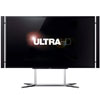 Ultra HD specs updated - new logo coming
Ultra HD specs updated - new logo coming


